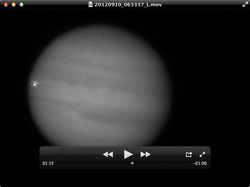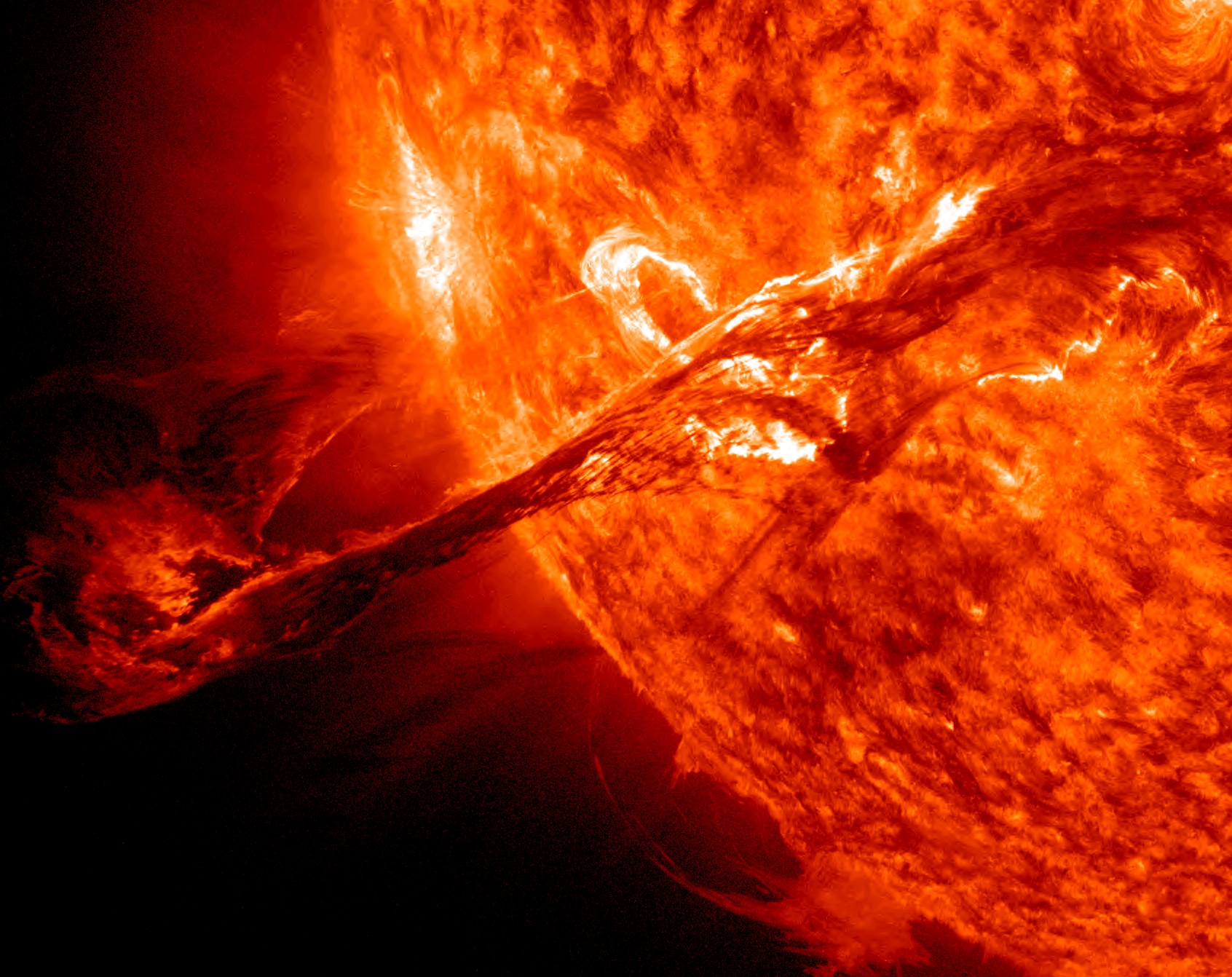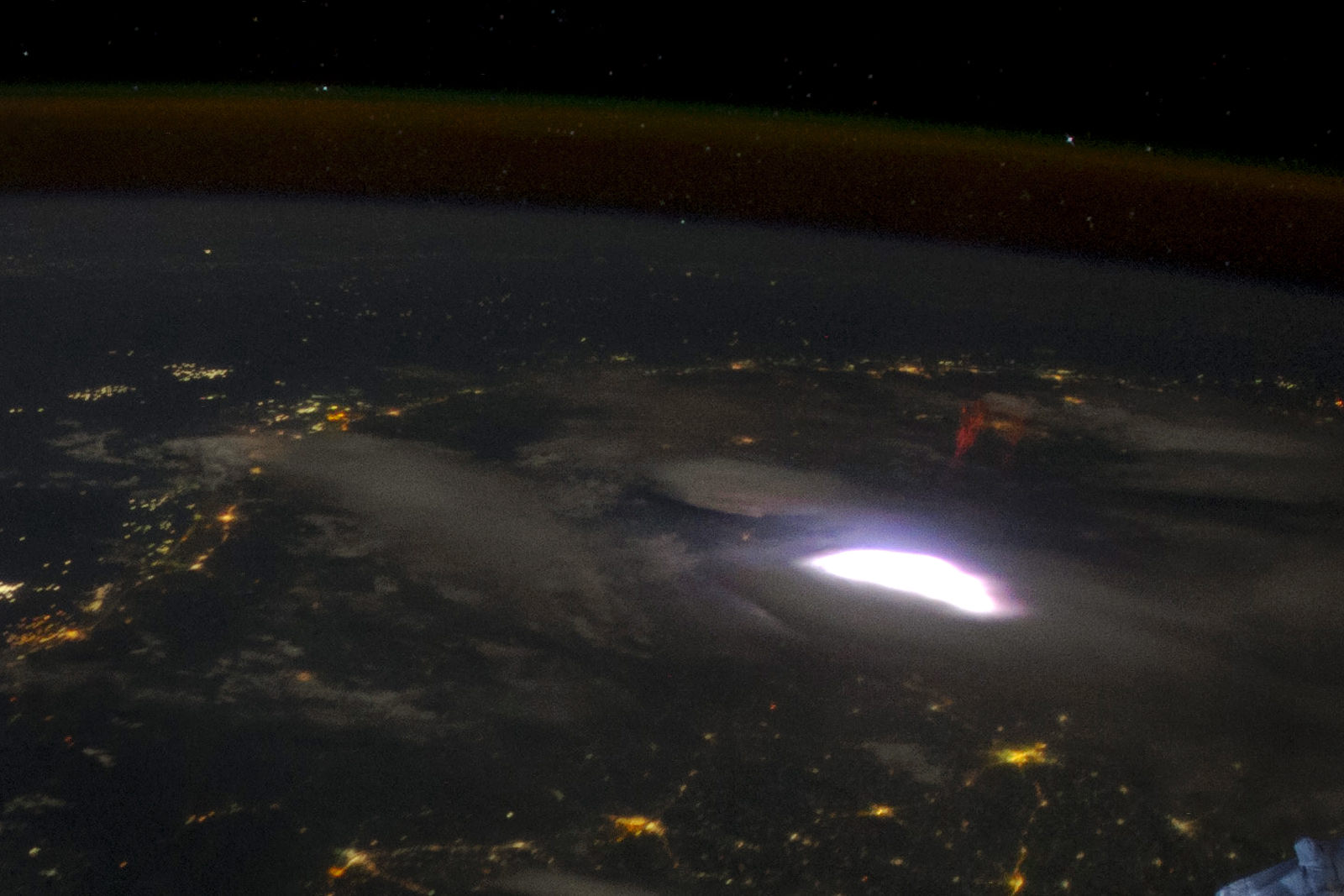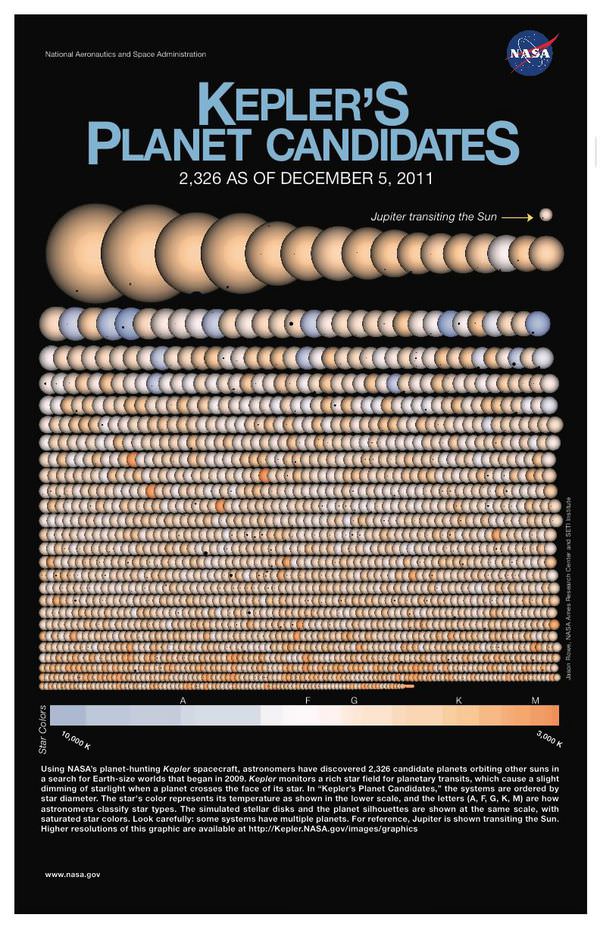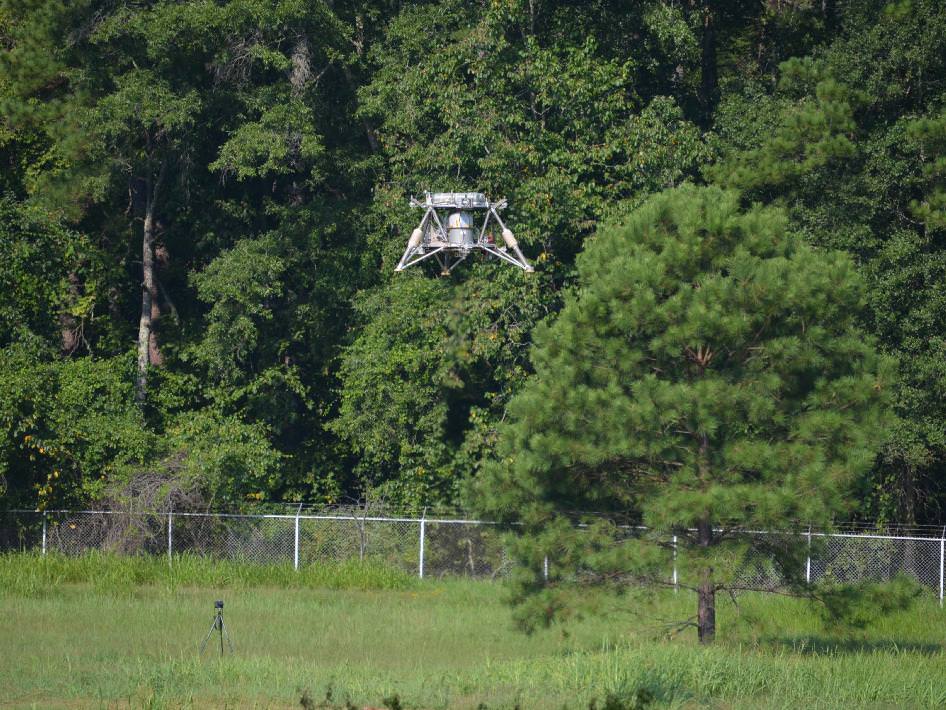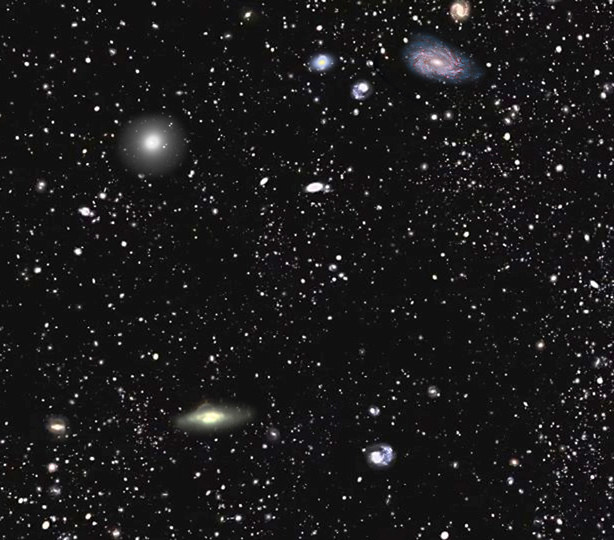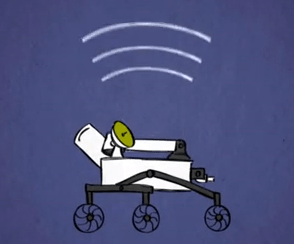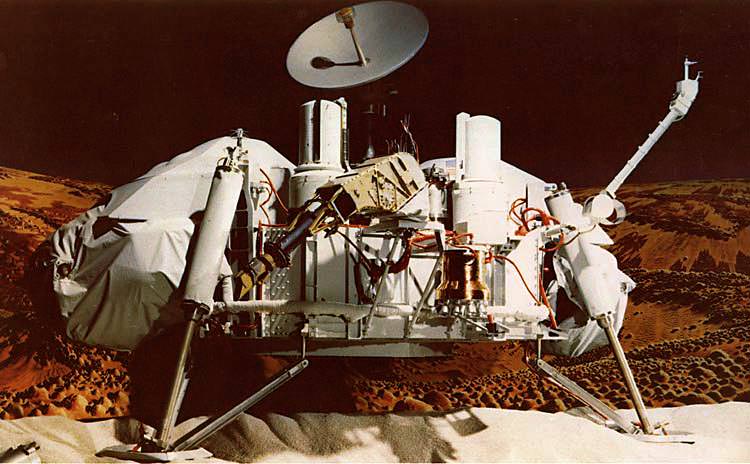A view of Endeavour and SCA over California from one of NASA’s F/A-18 chase planes (NASA/DFRC)
We’ve shared several videos from Endeavour’s trip to Los Angeles last week, taken by excited spectators along various portions of the flight path, but what was it like for the crews of the two NASA F/A-18 chase planes that accompanied the orbiter and SCA every step of the way?
Watch the video below, and put yourself in the pilot’s seat…
Shared by NASA’s Dryden Flight Research Center, the video shows footage taken from the viewpoint of one of the chase planes as Endeavour was ferried aboard a Shuttle Carrier Aircraft from Edwards Air Force Base to Los Angeles International Airport.
Along the way SCA pilots Jeff Moultrie and Bill Rieke, both from NASA’s Johnson Space Center, guided the 747 over such landmarks as the State Capitol in Sacramento, the Golden Gate Bridge at San Francisco, and NASA’s Ames Research Center.
Once over the Los Angeles area Endeavour passed over well-known landmarks like Griffith Observatory, the Hollywood sign, Dodger Stadium, NASA’s Jet Propulsion Laboratory, Malibu Beach and the Santa Monica Pier, and Disneyland.
After several low flybys of the runway — some under 300 feet! — the SCA touched down at LAX on Runway 25L at 12:51 p.m. PDT.
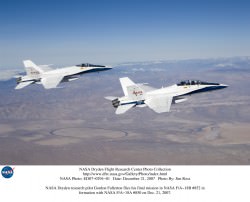 NASA’s four F/A-18 Hornet aircraft, operated by Dryden Flight Research Center, are commonly called chase planes and fill the role of escort aircraft during research missions. They also are used as camera platforms for research missions that must be photographed or videotaped. Two of these chase planes accompanied Endeavour on its flight for such documentation as well as for security.
NASA’s four F/A-18 Hornet aircraft, operated by Dryden Flight Research Center, are commonly called chase planes and fill the role of escort aircraft during research missions. They also are used as camera platforms for research missions that must be photographed or videotaped. Two of these chase planes accompanied Endeavour on its flight for such documentation as well as for security.
See more images of the F/A-18s here, and for more photos of Endeavour’s trip to California check out the NASA photographer photo set on Flickr.
Video: Dryden TV


